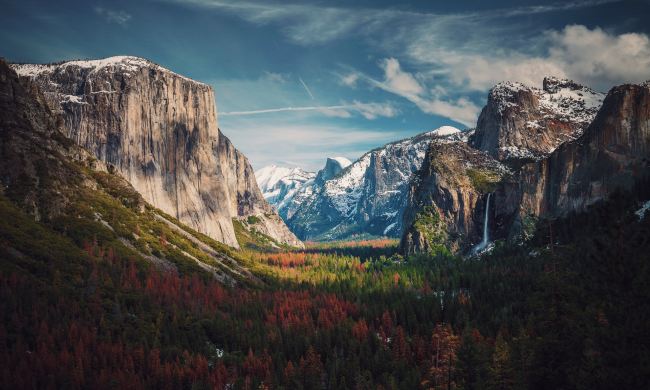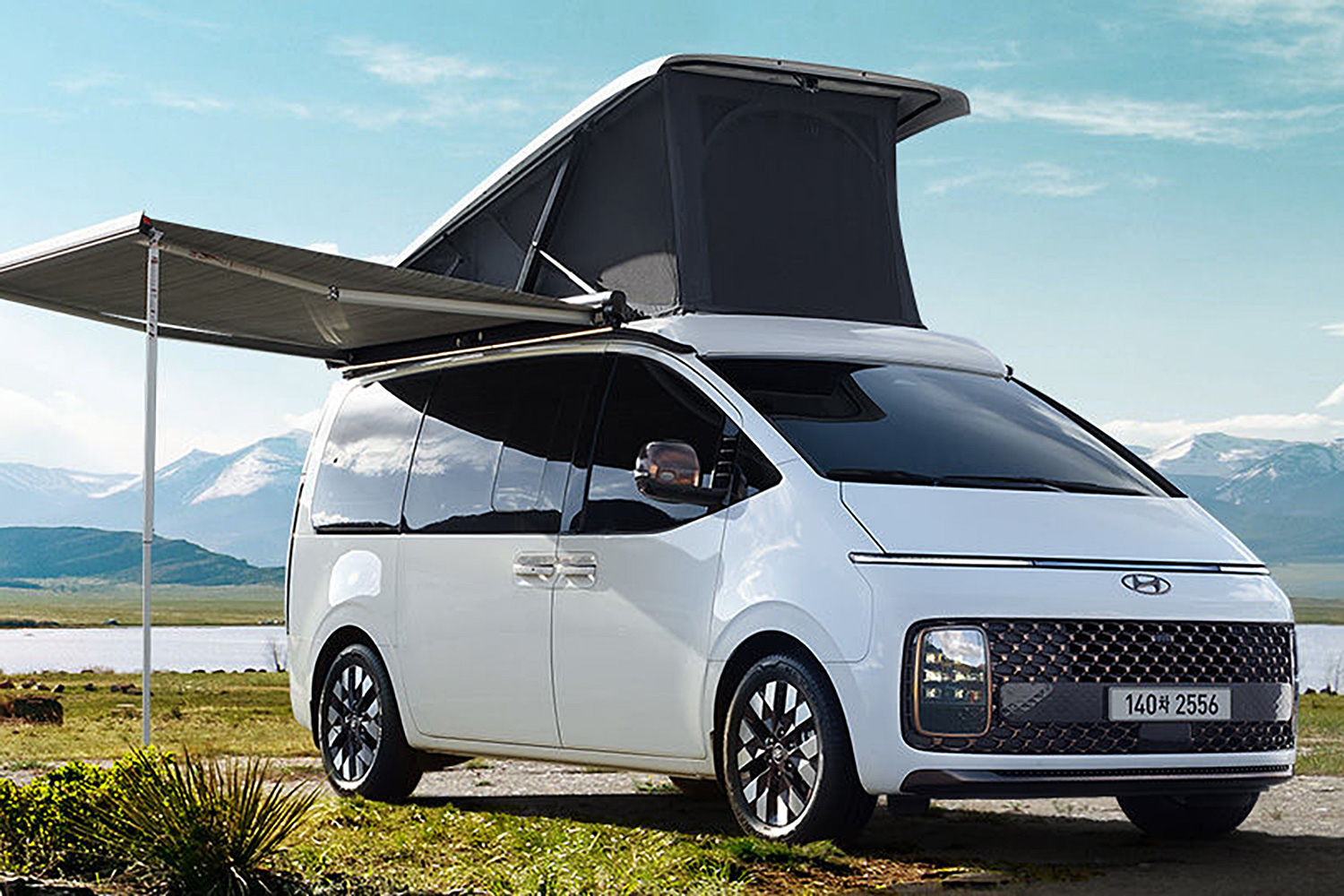
Here in the U.S., RV’ing feels like an exclusively American pastime. But Europeans, Asians, and Australians have enjoyed caravanning and campervanning since, well, almost as long as caravans and campers have existed. Much of the world, however, eschews the “bigger is better” design ethos of most luxurious ‘Merican-made motorhomes. They instead like to keep things lightweight, compact, and tidy, traveling with everything they need and nothing they don’t. Korea, in particular, knows what’s up when it comes to minimalist RVs and campervans. Case in point: These three camper models we really wish were available stateside.
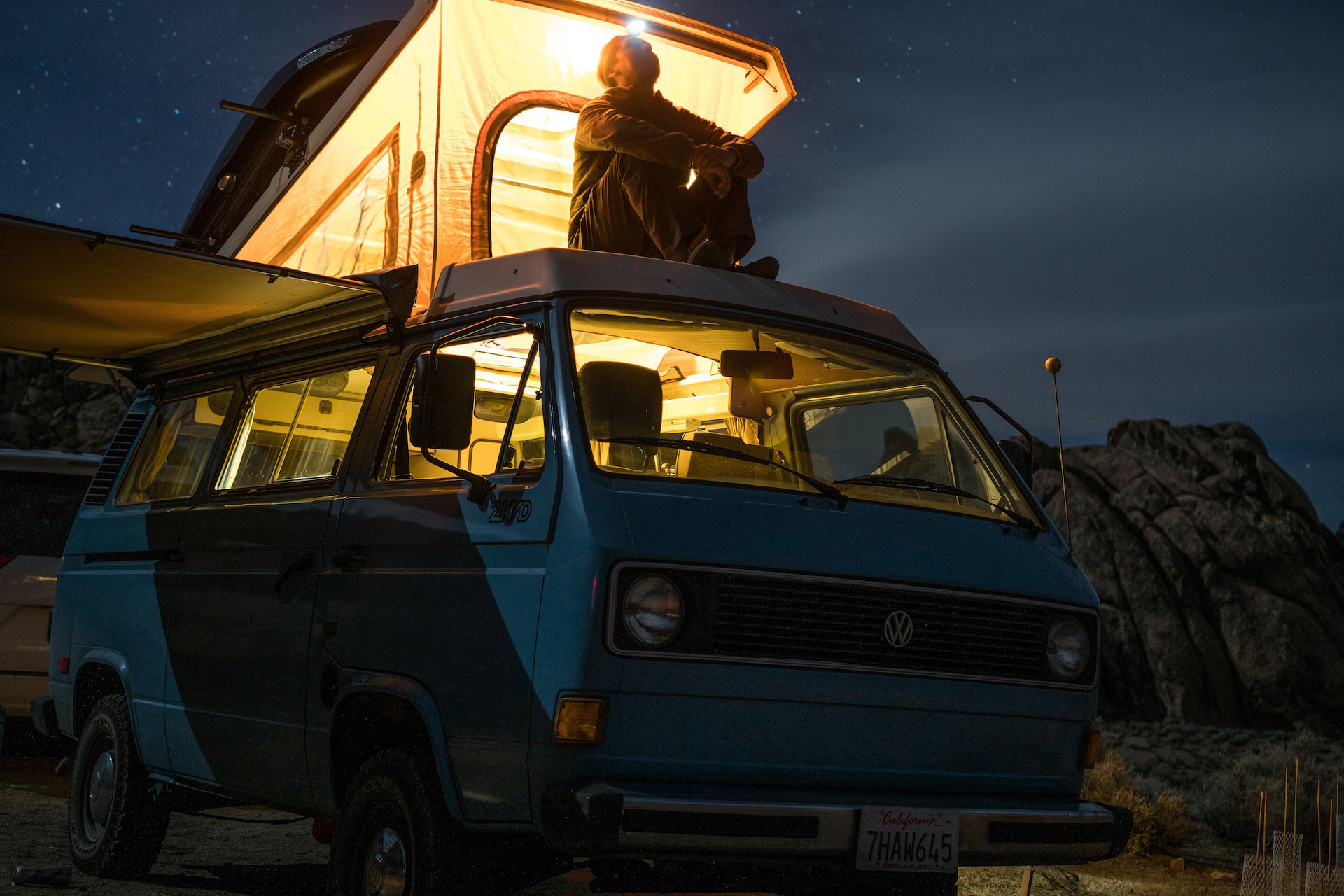
Three Korean-built campers we really wish they’d sell stateside
Kia’s Bongo is a cab-over pickup that’s been a ubiquitous workhorse truck in South Korea for more than 20 years. It serves as the perfect base for this compact custom camper build. At roughly 21 feet long, it would classify as a Class B camper here in the U.S., with exactly enough living space to fit a wet bath, sleeping quarters, and a compact kitchen setup. It’s remarkably similar to many mid-size campers we’ve seen stateside. But we appreciate a few thoughtful design touches that help it stand out, including a heated shoe storage area, an insect-repellent sliding screen “door,” and a toilet that swivels to provide a little extra legroom in the very tight bathroom. There’s also a large cabinet that opens to the outside for quick indoor/outdoor access to gear and small kitchen appliances.
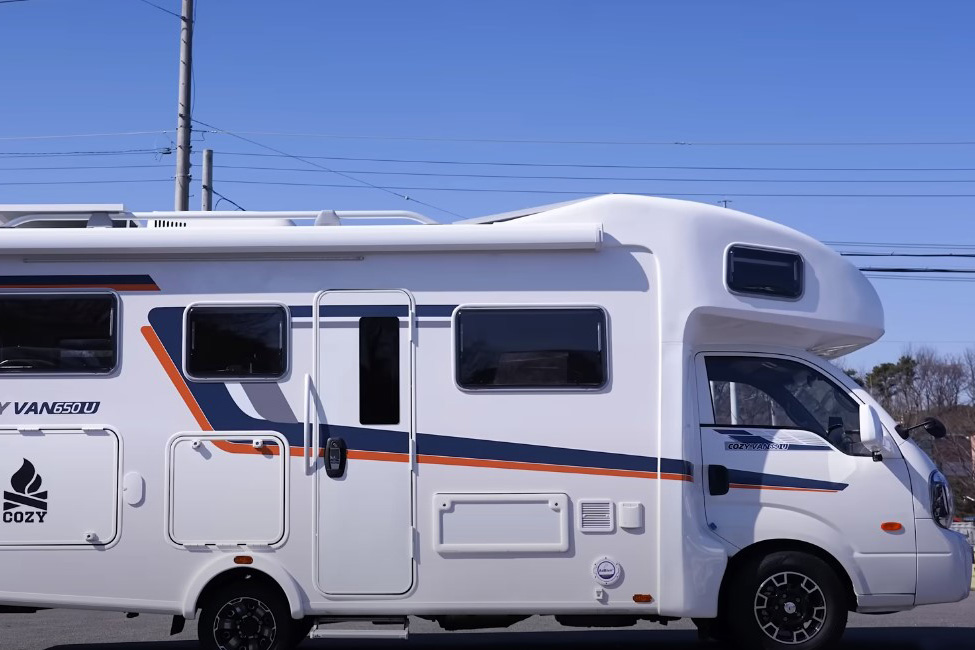
For something altogether different, South Korean RV customizer Daon TNT (Korean language) rebooted a stock Kia Ray as a modern, ultra-compact urban campervan. Dubbed the Daon Ravy, it features just about everything modern nomads could need for life on the road — a convertible, two-person bed/sofa, a slide-away galley with a sink and single-burner camp stove, and a tech-forward 100Ah battery setup that’s good enough for powering all your gadgets — in a ridiculously small space that’s about a foot smaller than a Kia Soul at the front and sides (seriously). Plus, the optional pop-top tent adds sleeping space for two more. About the only things missing are a bathroom and fridge.
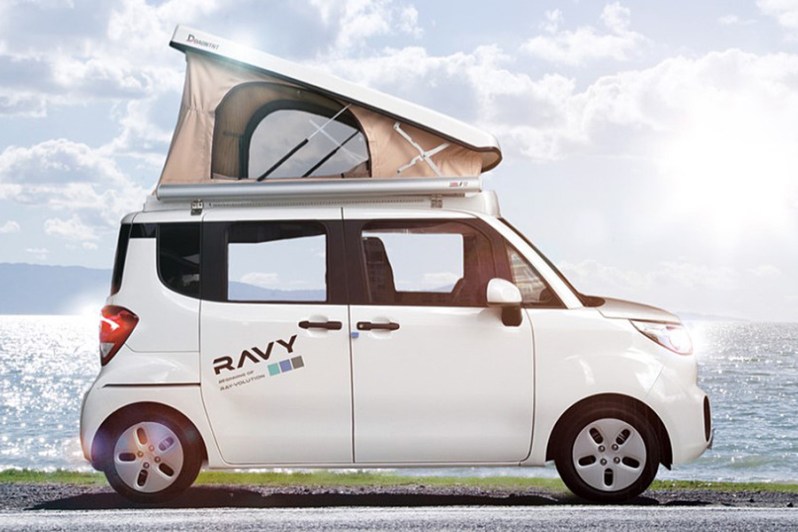
If you’re looking for a more showroom-ready option without the hassle of dealing with a third-party customizer, Hyundai’s Staria Lounge Camper is a ready-to-roll campervan that’s swankier than almost any vanlife rig. This factory-built van sports an electric pop-top tent with room for two adults, while the interior seats fold flat to sleep two more. Inside, you’ll find all the essentials of home, including a TV, surprisingly decent storage, and a cook space with a sink and refrigerator that connects to a portable power station. We especially love the sleek, modern look of the Staria’s interior.
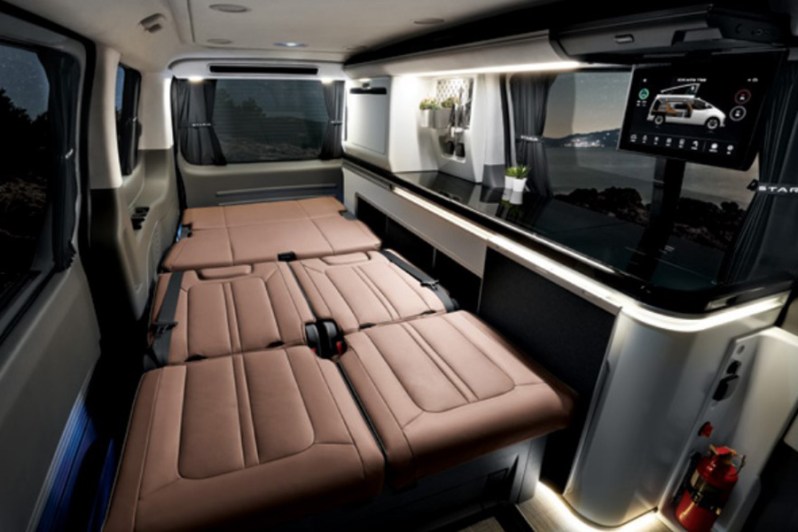
How to score your own Korea-exclusive RV or camper
The Kia Bongo-based Class B camper conversion retails for around $80,000, while the Ray-based Ravy stickers for a modest €19,000 (around $20,000 at the time of this writing). Hyundai’s Staria Lounge Camper will set you back at least $40,000, with fully optioned versions pushing $55,000. Sadly, none of these RVs is available stateside. But, if you know a guy who knows a guy who works in “imports,” there’s nothing stopping you from buying one overseas and having it shipped home.

